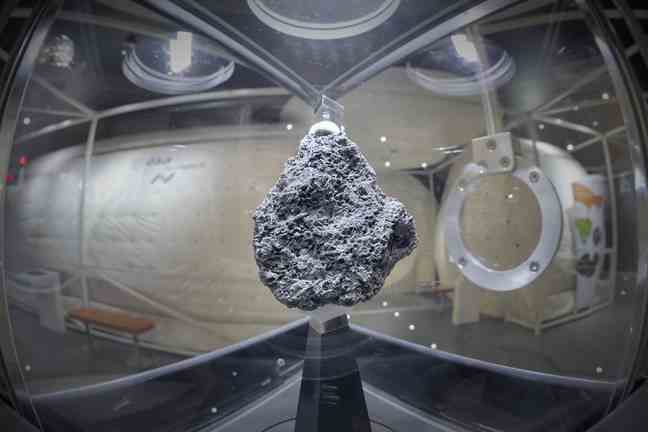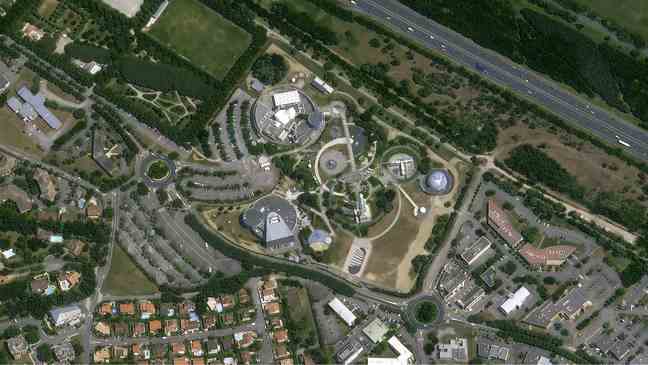Twenty-five years ago, on June 27, 1997, the Space City opened its doors in Toulouse. Since then, more than 7 million visitors have come to discover its life-size spaceships, its MIR space station and its Mars rovers. This Saturday, it opens its doors free of charge to the public from 2 p.m. to 11 p.m., with an evening program devoted to the major space projects and challenges of the 21st century, in the presence in particular of astronaut Claudie Haigneré.
A godmother like no other who had agreed in 1996 to fill this assignment while she was… in space. And these are not the only surprising things to know about this place of scientific culture which has welcomed more than 7 million visitors in twenty-five years and increases its attendance every year. And is unique in its kind, because unlike the National Air and Space Museum in Washington or the Space Center in Houston, it is not limited to the simple exhibition or the sole promotion of European space conquest, but to its international dimension.
The City could not have been born in this place
Today, we can’t miss it. Any motorist who takes the east ring road of Toulouse catches a glimpse of the Ariane 5 rocket, one of the symbols of the Cité de l’Espace. But in 1993, when Dominique Baudis, the mayor at the time, mentioned his ambition to create a museum of space conquest, the only building on the site was a monumental sculpture in the shape of a giant casserole dish. This building is a vestige of a project of foundation museum devoted to the work of Henri-Georges Adam who has collapsed who for which the town hall of Toulouse is looking for a new destination.
“There was a conjunction of planets,” jokes Jean-Baptiste Desbois, the director general of the City. “At the time, the idea of creating a place was real. There was an expectation from the space community, from CNES or from companies in the sector based in Toulouse to have a place. They were regularly asked by schoolchildren for visits and it was not always suitable. Communities were considering a place for popularization. And there was this site, it was an opportunity”, underlines the manager.
Very precious stones
Some dream of rubies and diamonds. At the Cité de l’Espace, other precious and rare stones make visitors’ eyes shine. And they are much rarer than those that are mounted in jewelry. In its collections there is indeed a stone from the Moon and another from Mars. The first was brought back in the summer of 1971 by the Apollo 15 mission. “It’s a long-term loan from NASA to the City, which shows the confidence it has in us. It’s wonderful to think that we have a stone there that is 3.3 billion years old plus 51 years old,” notes Jean-Baptiste Desbois.

The one from Mars was discovered one day in the Sahara desert by a meteorite collector who sold it to the City. In 2015, she boarded the International Space Station with Thomas Pesquet for a six-month stay. Back on Earth, she underwent a small operation. Two small pieces were taken from it, the large piece remaining exposed to the City. One has been entrusted to Thomas Pesquet who could one day bring it in his luggage if he goes to the Moon.
The other returned to the red planet, boarding the Rover Perseverance which landed on Mars in February 2021. “It’s not just symbolic because with 24 other stones, it is used to calibrate the laser, it therefore a mission to Mars”, assures the director of the City.
Seen from above
From the ground floor, the Cité de l’Espace is a place of discovery where you can think of yourself as an astronaut or discover lunar models and now the Martian terrain. But seen from the sky, this five-hectare site gives the impression of reproducing a multitude of craters, like those which star the Moon.

And it is far from being due to chance. It is even a will that presided over the organization of the various activities of this space of scientific culture. Hence this XXL lunar footprint also reproduced next to the Ariane rocket and which takes on its full meaning in this very spatial setting.

